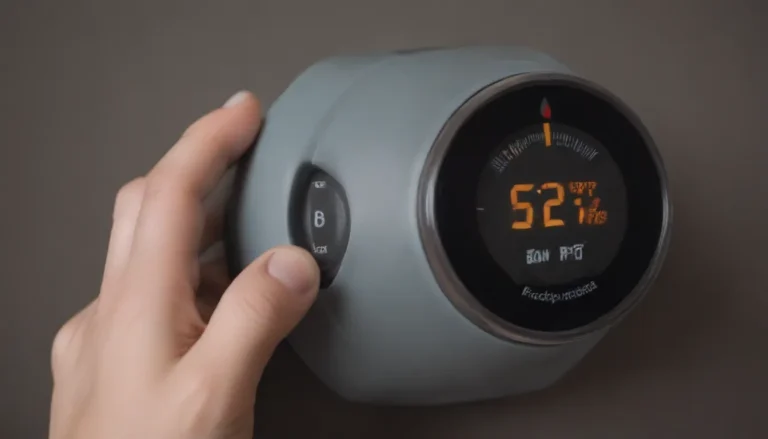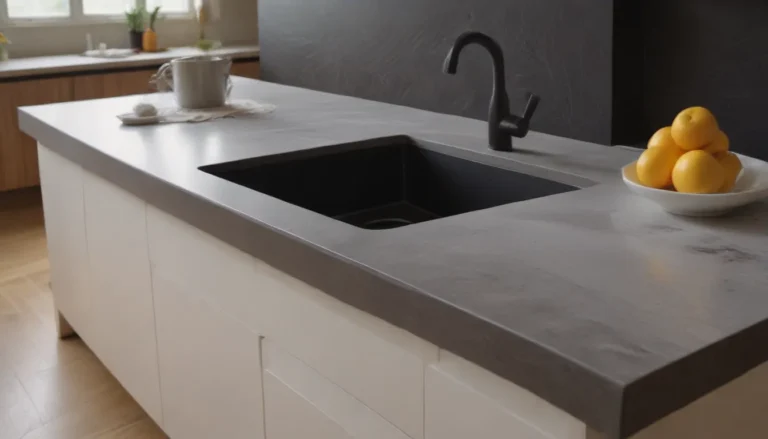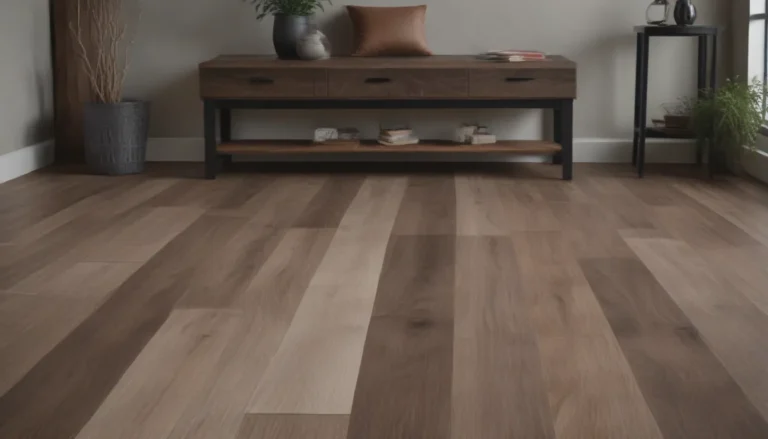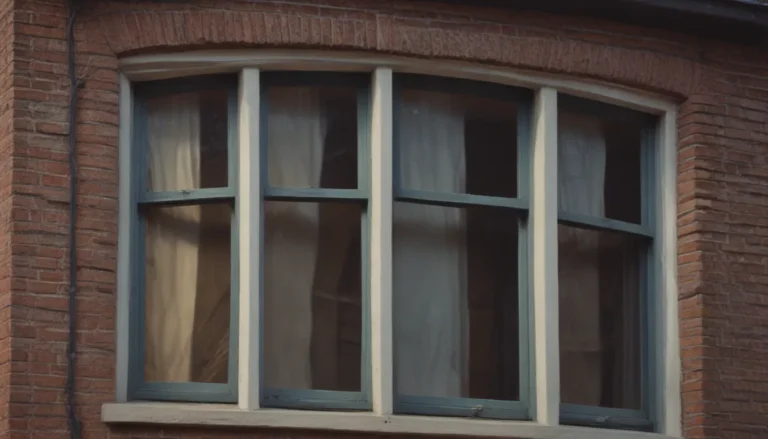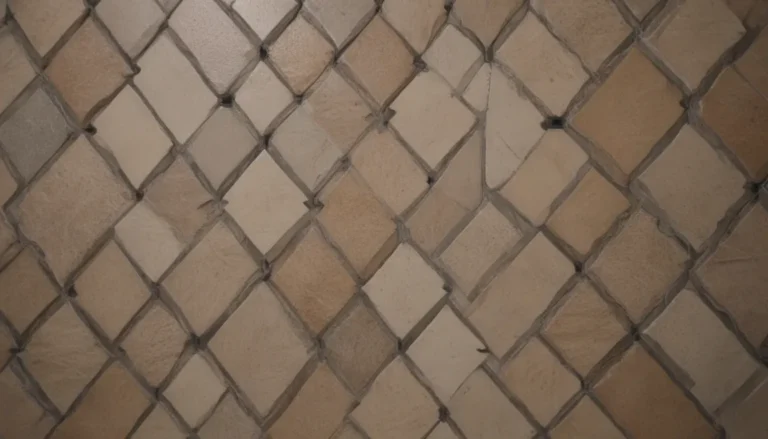The Ultimate Guide to Rain Gutters: Types, Materials, and Installation Tips
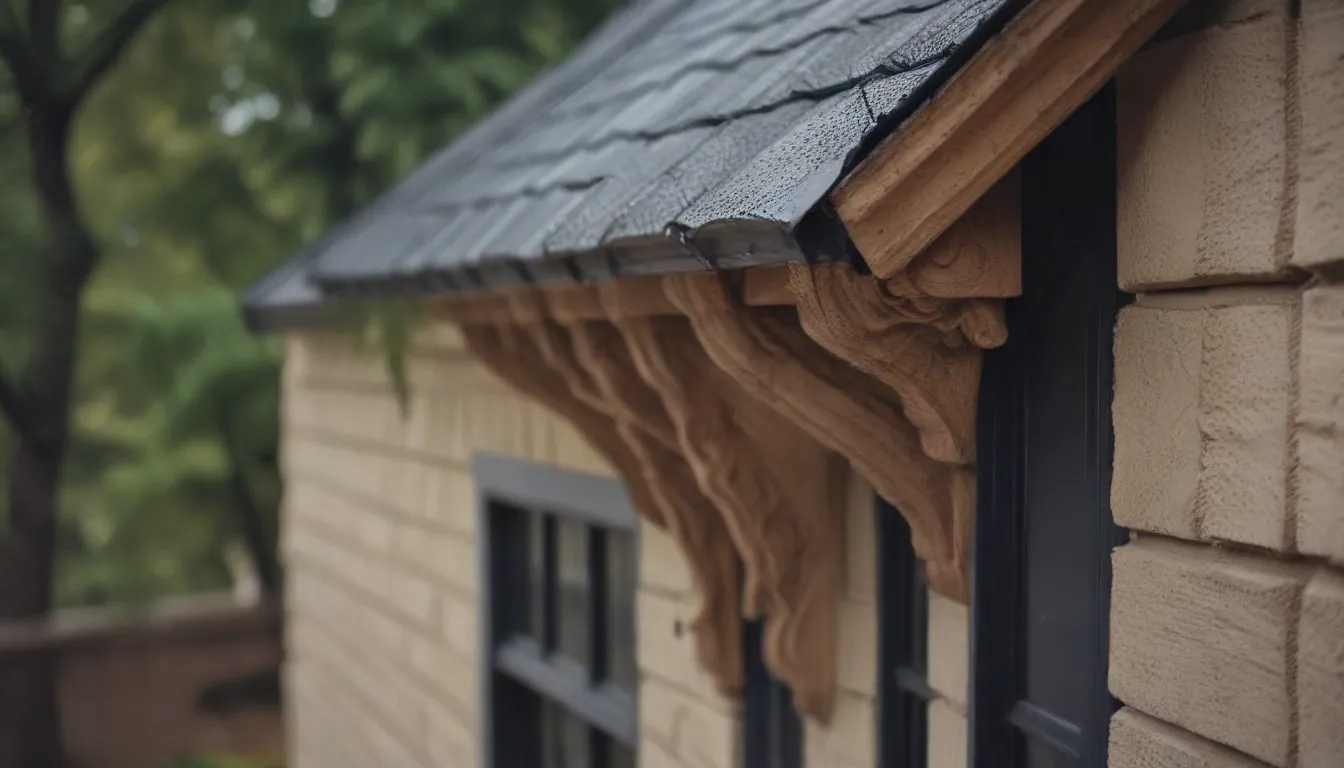
Rain gutter systems are an essential part of your home’s exterior, designed to protect your property from rain, sleet, and meltwater by redirecting the flow away from the foundation of your home. Whether you are building a new home or looking to replace your existing gutters, it’s important to understand the different types of rain gutters available and how to choose the right one for your needs.
Why You Need Rain Gutters
Rain gutter systems serve several important purposes, including:
- Preventing water damage to your home’s foundation
- Protecting your landscaping from erosion
- Preventing water from pouring over the edges of your roof
- Directing water away from walkways and entryways
By choosing the right type of rain gutter for your home, you can not only protect your property but also enhance its curb appeal. Let’s explore the different types of rain gutters available and how to choose the best one for your home.
Types of Rain Gutters
Seamed Gutters
Best For: DIY installation
Seamed gutters are available in 10-foot lengths and are designed to attach directly to the home’s fascia board using hangers. This style of gutter can be made from various materials, including vinyl, aluminum, galvanized steel, copper, or zinc. Seamed gutters are a cost-effective option and are easy to replace if one section gets damaged.
Seamless Gutters
Best For: Professional installation
Seamless gutters are made from a single piece of material, eliminating the need for seams that can lead to leaks. These gutters are custom-made on-site by professional installers and are available in a wide range of colors. While seamless gutters are more expensive than seamed gutters, they offer superior durability and weather resistance.
Half-Round Gutters
Best For: Historic homes
Half-round gutters have a U-shaped profile and are typically wider than K-style gutters. These gutters are a popular choice for historic homes and can be made from premium materials like copper and zinc for a traditional look.
K-Style Gutters
Best For: Structural integrity
K-style gutters are deeper than half-round gutters, allowing them to carry more water without spilling over the sides. However, K-style gutters are prone to debris buildup, so it’s important to invest in a gutter guard and regular maintenance to prevent clogs.
Custom Fascia Gutters
Best For: Contemporary appearance
Custom fascia gutters are designed to give your home a modern look that cannot be achieved with traditional gutter styles. These seamless gutters are custom-built from a single piece of material and are typically narrower than K-style gutters.
Box-Style Gutters
Best For: Commercial properties
Box-style gutters are heavy-duty gutters designed for commercial and industrial properties. These gutters are built to handle large water volumes and can be as wide as 10 inches, making them ideal for properties with flat roofs.
Materials for Rain Gutters
Vinyl Gutters
Best For: DIY installation
Vinyl gutters are affordable, easy to install, and resistant to water damage. However, they may not be as durable as metal gutters and can strain the fascia when full of water.
Aluminum Gutters
Best For: Price and availability
Aluminum gutters are rust-resistant, lightweight, and available in a wide range of colors to match your home’s exterior. While aluminum gutters are durable, they may dent easily and require professional installation for seamless options.
Galvanized Steel Gutters
Best For: Heavy rainfall
Galvanized steel gutters are durable and resistant to rust, making them ideal for areas with heavy rainfall. These gutters are typically installed by professionals due to the need for soldering during installation.
Zinc or Copper Gutters
Best For: Premium durability
Zinc and copper gutters offer unmatched durability and a premium look for your home. While these gutters are more expensive than other materials, they can last up to 100 years with proper maintenance.
How to Choose the Right Rain Gutter
When choosing a rain gutter system for your home, consider the following factors:
- Ease of installation: Determine whether you want to install the gutters yourself or hire a professional.
- Material: Choose a material that is durable and matches the aesthetic of your home.
- Style: Decide on a gutter shape that complements your home’s architecture.
- Maintenance: Consider the level of maintenance required for different gutter materials.
By carefully evaluating these factors, you can select the right rain gutter system for your home that will protect your property and enhance its appearance.
In conclusion, rain gutters play a vital role in protecting your home from water damage and erosion. By understanding the different types of rain gutters available and how to choose the best one for your needs, you can ensure that your property remains safe and secure during heavy rainfall. Whether you opt for seamed gutters for DIY installation or seamless gutters for professional durability, investing in a quality rain gutter system is essential for the long-term health of your home.
